Home>Gardening & Outdoor>Landscaping Ideas>How To Revive Dried Grass
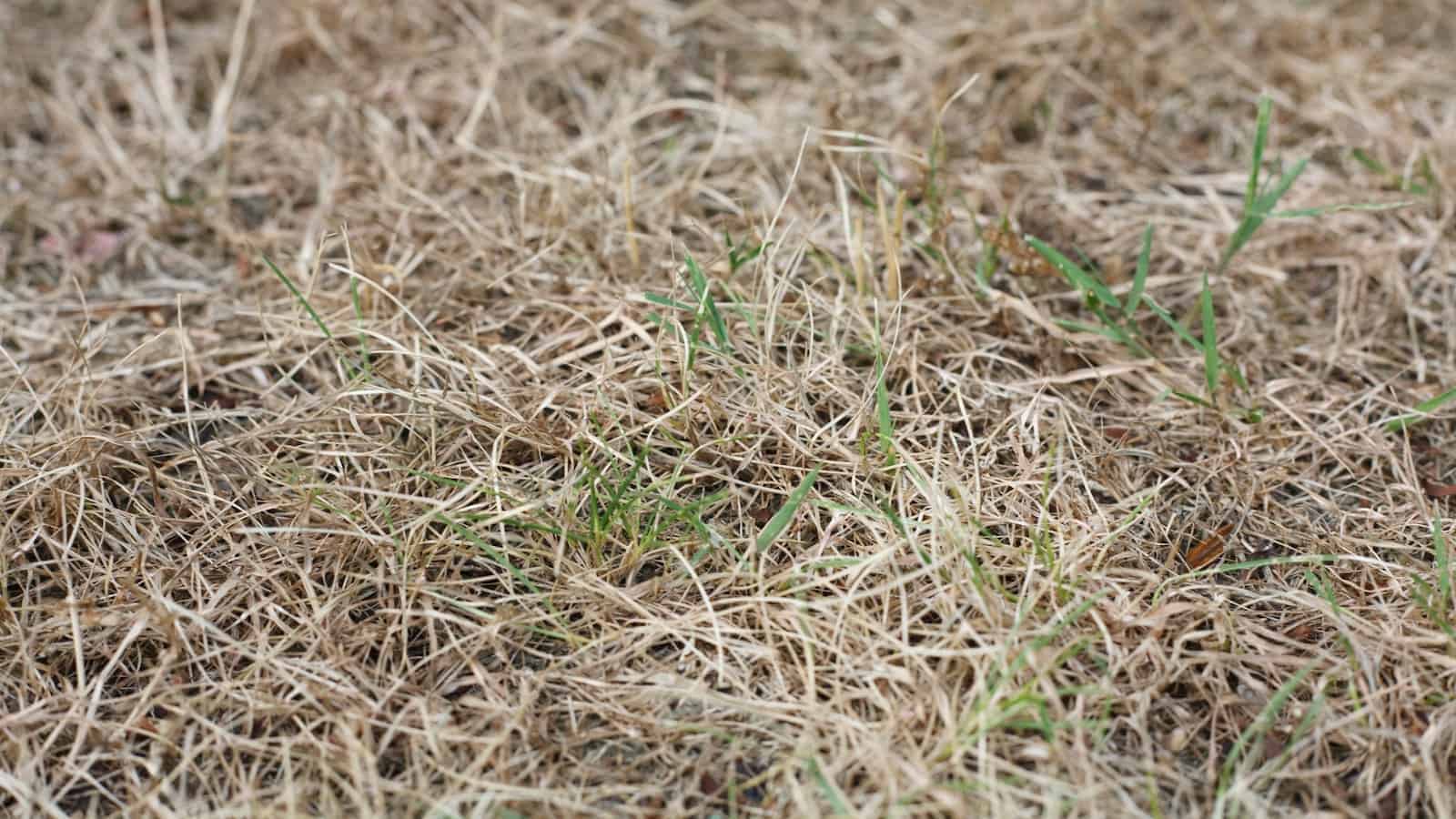

Landscaping Ideas
How To Revive Dried Grass
Modified: August 16, 2024
Discover effective landscaping ideas to revive dried grass and restore the lush greenery of your outdoor space. Explore expert tips and techniques for a vibrant, healthy lawn.
(Many of the links in this article redirect to a specific reviewed product. Your purchase of these products through affiliate links helps to generate commission for Storables.com, at no extra cost. Learn more)
**
Introduction
**
Reviving dried grass can be a challenging yet rewarding endeavor for any landscaping enthusiast. Whether your lawn has succumbed to the scorching heat of summer or the unforgiving frost of winter, knowing how to breathe life back into your grass is essential for maintaining a lush and vibrant lawn. In this comprehensive guide, we will explore the intricacies of reviving dried grass, providing you with invaluable insights and practical tips to rejuvenate your lawn.
A dried-out lawn not only detracts from the aesthetic appeal of your property but also indicates underlying issues that need to be addressed. By understanding the causes of dried grass and implementing effective revival techniques, you can transform your lackluster lawn into a verdant oasis that beckons with its natural beauty. Whether you are a seasoned gardener or a novice enthusiast, this guide will equip you with the knowledge and strategies to revive your dried grass and restore its former glory.
Stay tuned as we delve into the nuances of understanding dried grass, unveiling the steps to revive it, and exploring essential techniques such as watering, fertilization, mowing, and trimming. By the end of this journey, you will be empowered to breathe new life into your lawn, fostering a thriving and resilient carpet of greenery that enhances the allure of your outdoor space. Let's embark on this revitalizing journey and unlock the secrets to reviving dried grass, one blade at a time.
**
Key Takeaways:
- Understanding the causes of dried grass, like lack of water and poor soil, is crucial for reviving your lawn. By addressing these issues and following essential steps, you can bring your grass back to life.
- Effective watering, fertilization, and proper mowing are key to maintaining a lush and vibrant lawn. By following these techniques, you can nurture a resilient and beautiful outdoor space.
Read more: How To Revive Burnt Grass
Understanding Dried Grass
**
Before embarking on the journey to revive dried grass, it is crucial to comprehend the underlying factors contributing to its desiccated state. Dried grass is often the result of inadequate moisture, extreme weather conditions, soil deficiencies, or a combination of these elements. Identifying the specific cause of your lawn’s distress is instrumental in devising an effective revival strategy.
During periods of drought or intense heat, grass is deprived of the essential moisture it requires to thrive. As a result, the once-lush blades gradually lose their vibrancy, turning brittle and brown. In colder climates, frost can similarly sap the moisture from grass, leaving it parched and lifeless. Understanding the impact of weather patterns on your lawn is pivotal in implementing preventative measures and timely interventions to combat dryness.
Furthermore, soil quality plays a pivotal role in the health of your grass. Compacted soil, poor drainage, or nutrient deficiencies can impede the absorption of water and vital nutrients, leading to the gradual desiccation of the grass. By assessing the composition and condition of your soil, you can address any underlying issues that may be contributing to the dryness of your lawn.
It is also essential to consider the type of grass in your lawn, as different species have varying tolerances to drought and environmental stressors. Understanding the specific needs and characteristics of your grass type enables you to tailor your revival efforts accordingly, ensuring optimal results.
By gaining a comprehensive understanding of the factors influencing the dryness of your grass, you can proactively address these issues and implement targeted solutions to revive your lawn. Armed with this knowledge, you are prepared to embark on the next crucial phase: the steps to revive dried grass.
**
Steps to Revive Dried Grass
**
Reviving dried grass requires a systematic approach that encompasses various essential steps to rejuvenate your lawn. By methodically addressing the underlying causes of dryness and implementing targeted solutions, you can breathe new life into your grass, fostering a resilient and verdant landscape. Let’s explore the pivotal steps to revive dried grass and transform your lawn into a thriving oasis of greenery.
1. Assessment: Begin by assessing the extent of dryness and damage to your lawn. Identify areas of severe desiccation and evaluate the overall health of the grass. This initial assessment provides valuable insights into the specific areas that require focused attention and serves as a benchmark for measuring the effectiveness of your revival efforts.
2. Aeration: Aerating the soil is a crucial step in revitalizing dried grass. Compacted soil can hinder the absorption of water and nutrients, exacerbating the dryness of the lawn. By aerating the soil, you create channels for air, water, and nutrients to penetrate the root zone, promoting healthier grass growth and improved resilience.
3. Overseeding: Introducing new grass seeds to the existing lawn can help replenish areas of dry or patchy grass. Select high-quality seeds that are well-suited to your climate and soil type, and distribute them evenly across the lawn. Proper overseeding can fill in bare spots and revitalize the overall density and lushness of the grass.
4. Soil Amendment: Address soil deficiencies by incorporating organic matter or specialized soil amendments. Enhancing the soil structure and nutrient content fosters an environment conducive to healthy grass growth. Conduct a soil test to identify any deficiencies and amend the soil accordingly to provide the necessary support for revitalizing the grass.
5. Thatch Removal: Excessive thatch buildup can impede water and nutrient absorption, contributing to the dryness of the grass. Thatch removal through dethatching or power raking allows for improved moisture penetration and promotes the rejuvenation of the lawn.
By diligently following these essential steps, you lay the foundation for a successful revival of your dried grass. Each step addresses specific aspects of lawn care and contributes to the holistic rejuvenation of your landscape. With these foundational steps in place, you are ready to explore the vital techniques of watering, fertilization, mowing, and trimming, which play pivotal roles in sustaining the health and vibrancy of your newly revived grass.
**
Watering Techniques
**
Effective watering is paramount in reviving dried grass and maintaining its lushness and vitality. Proper watering techniques ensure that your lawn receives the essential moisture it needs to thrive, promoting robust root development and overall resilience. By understanding the principles of efficient watering and implementing strategic approaches, you can rejuvenate your grass and sustain its health over the long term.
1. Deep Watering: Rather than frequent shallow watering, focus on deep and infrequent watering sessions. This encourages the grass roots to extend deeper into the soil in search of moisture, promoting stronger and more resilient growth. Deep watering also mitigates the risk of surface evaporation, ensuring that the moisture reaches the root zone where it is most beneficial.
2. Morning Watering: Opt for early morning watering to maximize the absorption of moisture and minimize water loss due to evaporation. Morning watering allows the grass blades to dry naturally throughout the day, reducing the risk of fungal diseases that thrive in moist conditions. Avoid watering in the evening, as prolonged moisture on the grass can create favorable conditions for fungal growth.
3. Watering Consistency: Maintain a consistent watering schedule to provide your grass with the stability and hydration it requires. Erratic watering patterns can stress the grass and lead to uneven growth. By adhering to a regular watering routine, you promote the overall health and vigor of the lawn.
4. Monitoring Moisture Levels: Keep a close eye on the moisture levels of your lawn to gauge the effectiveness of your watering regimen. Utilize moisture meters or simply observe the soil to determine when it is time to water. Avoid overwatering, as excessively moist conditions can suffocate the roots and create an environment conducive to fungal issues.
5. Rainfall Complementation: Supplement natural rainfall with targeted watering to ensure consistent moisture levels, especially during dry periods. Be mindful of local water restrictions and utilize water-efficient methods such as drip irrigation or soaker hoses to optimize water usage and minimize wastage.
By incorporating these watering techniques into your lawn care routine, you can provide your grass with the optimal hydration it needs to thrive. Effective watering, coupled with the foundational steps to revive dried grass, sets the stage for a vibrant and resilient lawn that enhances the beauty of your outdoor space.
**
Water the dried grass thoroughly, making sure to soak the soil to a depth of at least 6 inches. Water in the early morning or late afternoon to minimize evaporation.
Fertilization
**
Fertilization is a cornerstone of effective lawn care, playing a pivotal role in nourishing and revitalizing dried grass. By providing essential nutrients to the soil and grass, fertilization fosters robust growth, vibrant color, and improved resilience. Understanding the principles of fertilization and implementing strategic approaches enables you to rejuvenate your lawn and sustain its health over the long term.
1. Soil Analysis: Commence the fertilization process with a comprehensive soil analysis to identify any nutrient deficiencies or imbalances. Understanding the specific needs of your soil enables you to select the most suitable fertilizer and application approach, ensuring targeted nourishment for your grass.
2. Balanced Fertilizers: Select a balanced fertilizer that contains a blend of essential nutrients, including nitrogen, phosphorus, and potassium (NPK). These nutrients are instrumental in promoting healthy grass growth, root development, and overall vitality. Choose a fertilizer formulation that aligns with the specific requirements of your grass type and the identified soil deficiencies.
3. Timely Application: Adhere to a consistent fertilization schedule, applying the fertilizer at the optimal times for your grass species and climate. Early spring and early fall are typically ideal for fertilization, providing the grass with the necessary nutrients to support growth and recovery after periods of dryness or dormancy.
4. Even Distribution: Ensure even and thorough distribution of the fertilizer across the lawn to promote uniform nourishment and growth. Utilize a spreader or applicator to achieve consistent coverage, minimizing the risk of over-fertilization in certain areas and under-nourishment in others.
5. Watering After Application: After applying the fertilizer, water the lawn lightly to facilitate the incorporation of the nutrients into the soil. This promotes efficient nutrient uptake by the grass roots, maximizing the benefits of the fertilization process.
6. Organic Alternatives: Consider incorporating organic fertilizers or soil amendments to enhance the long-term health and sustainability of your lawn. Organic options provide gradual, balanced nourishment to the soil and grass, fostering a resilient and environmentally friendly approach to lawn care.
By embracing the principles of strategic fertilization and implementing these essential techniques, you can infuse your lawn with the nutrients it needs to thrive and flourish. Fertilization, combined with effective watering and the foundational steps to revive dried grass, forms a comprehensive approach to nurturing a vibrant and resilient lawn that enhances the beauty of your outdoor space.
**
Read more: How To Revive Ornamental Grass
Mowing and Trimming
**
Mowing and trimming are integral components of maintaining a healthy and revitalized lawn, contributing to the overall aesthetic appeal and resilience of the grass. By adopting proper mowing and trimming practices, you can promote vigorous growth, prevent stress on the grass, and enhance the visual allure of your outdoor space. Understanding the principles of effective mowing and trimming and implementing strategic approaches empowers you to nurture a vibrant and well-manicured lawn.
1. Optimal Mowing Height: Set your mower to the appropriate cutting height for your grass species, ensuring that you do not remove more than one-third of the grass blade at a time. Maintaining the optimal mowing height promotes stronger root development, reduces moisture loss, and enhances the grass’s ability to withstand environmental stressors.
2. Sharp Blades: Regularly sharpen your mower blades to achieve clean and precise cuts, minimizing damage to the grass blades. Dull blades can tear the grass, leading to frayed edges and increased susceptibility to disease and desiccation. Sharp blades contribute to the overall health and appearance of the lawn.
3. Mowing Frequency: Adhere to a consistent mowing schedule that aligns with the growth rate of your grass. Avoid infrequent, drastic mowing sessions that shock the grass and impede healthy growth. Regular, moderate mowing encourages denser and more resilient turf.
4. Grass Clippings: Consider leaving grass clippings on the lawn after mowing to provide natural nourishment and moisture retention. Grass clippings decompose quickly and contribute valuable nutrients back to the soil, fostering a sustainable and nutrient-rich environment for the grass.
5. Trimming Edges: Pay attention to trimming the edges of your lawn to maintain a neat and polished appearance. Defined edges contribute to the overall aesthetic appeal of the lawn and create a sense of well-maintained elegance.
6. Avoiding Scalping: Refrain from mowing the grass too short, as this can stress the lawn and make it more susceptible to dryness and weed infestation. Maintaining a moderate mowing height supports the health and resilience of the grass, contributing to its overall vibrancy.
By embracing the principles of proper mowing and trimming and incorporating these essential techniques into your lawn care routine, you can elevate the health and visual allure of your grass. Mowing and trimming, combined with effective watering, fertilization, and the foundational steps to revive dried grass, form a holistic approach to nurturing a lush and resilient lawn that enhances the beauty of your outdoor space.
**
Conclusion
**
Embarking on the journey to revive dried grass is a transformative endeavor that revitalizes not only the physical landscape but also the spirit of your outdoor space. By understanding the nuances of dried grass, implementing targeted revival steps, and embracing essential techniques such as watering, fertilization, and mowing, you can breathe new life into your lawn and cultivate a vibrant oasis of greenery.
Reviving dried grass is a multifaceted process that requires a harmonious blend of knowledge, dedication, and strategic care. The journey begins with a deep understanding of the factors contributing to dryness, including weather patterns, soil quality, and grass type. Armed with this knowledge, you can embark on the pivotal steps to revive dried grass, addressing soil compaction, overseeding, soil amendment, and thatch removal to lay the foundation for rejuvenation.
Watering techniques play a crucial role in sustaining the health and vitality of your newly revived grass. By embracing deep watering, morning watering, and consistent monitoring of moisture levels, you provide your lawn with the essential hydration it needs to thrive. Fertilization further nourishes the soil and grass, infusing vital nutrients and fostering robust growth and resilience.
Mowing and trimming, when approached with precision and care, contribute to the overall aesthetic appeal and health of the lawn. By maintaining optimal mowing heights, sharpening blades, and attending to edge trimming, you elevate the visual allure of your outdoor space while promoting vigorous grass growth.
As you journey through the revitalization of your lawn, remember that each step and technique is a testament to your commitment to nurturing a vibrant and resilient landscape. The rewards extend beyond the lushness of the grass, encompassing the joy of witnessing nature’s resilience and the pride of cultivating a thriving outdoor haven.
With this comprehensive guide as your companion, you are equipped to embark on the revitalizing journey of reviving dried grass, infusing your lawn with vitality, and creating a verdant sanctuary that beckons with its natural beauty. Embrace the transformative power of revitalization and savor the flourishing tapestry of greenery that unfolds before you, one blade at a time.
Frequently Asked Questions about How To Revive Dried Grass
Was this page helpful?
At Storables.com, we guarantee accurate and reliable information. Our content, validated by Expert Board Contributors, is crafted following stringent Editorial Policies. We're committed to providing you with well-researched, expert-backed insights for all your informational needs.

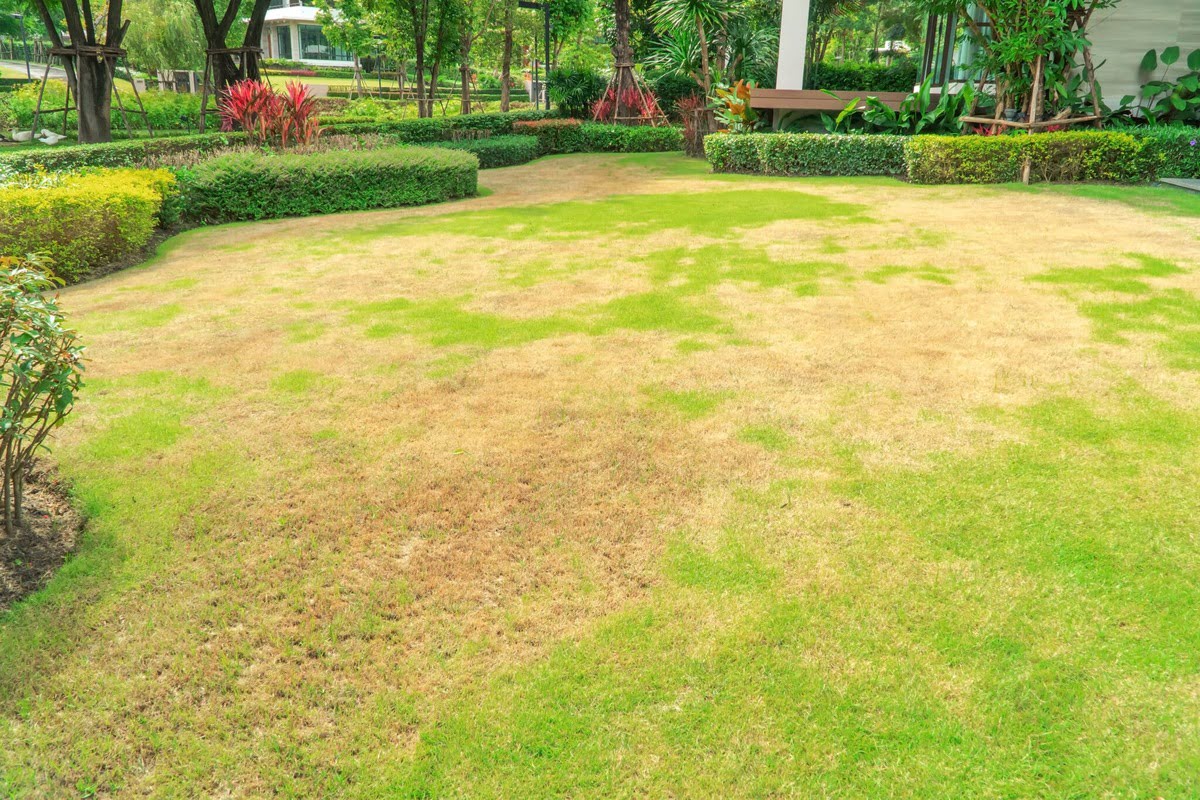
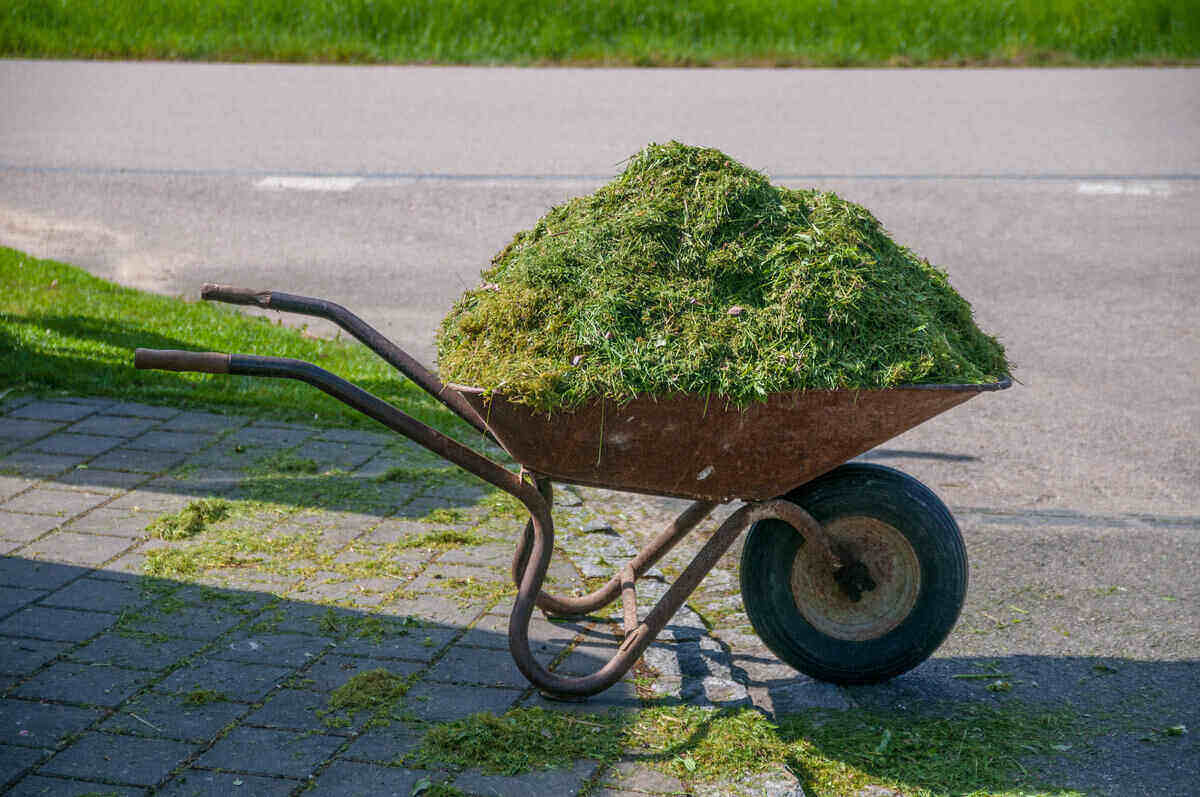
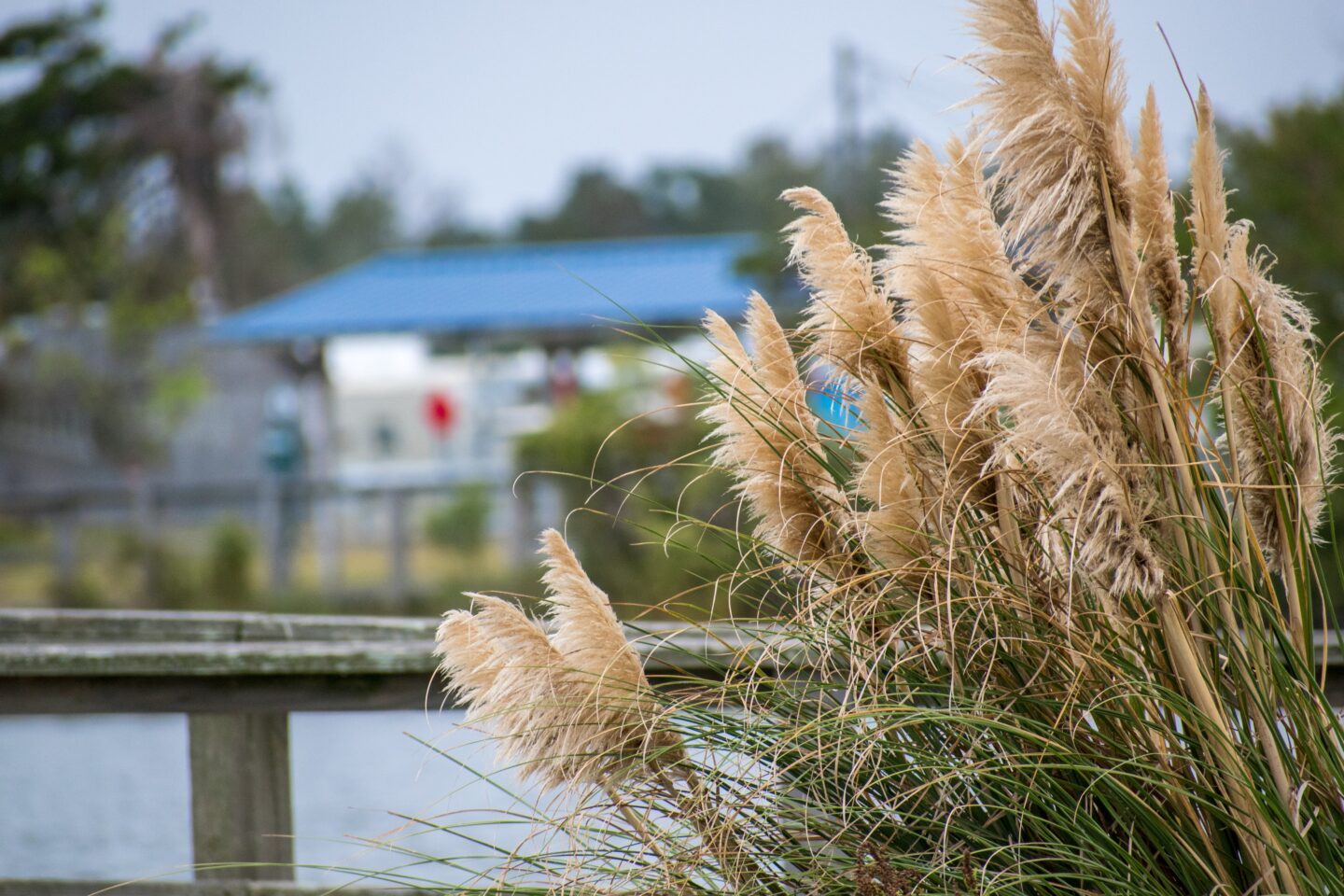

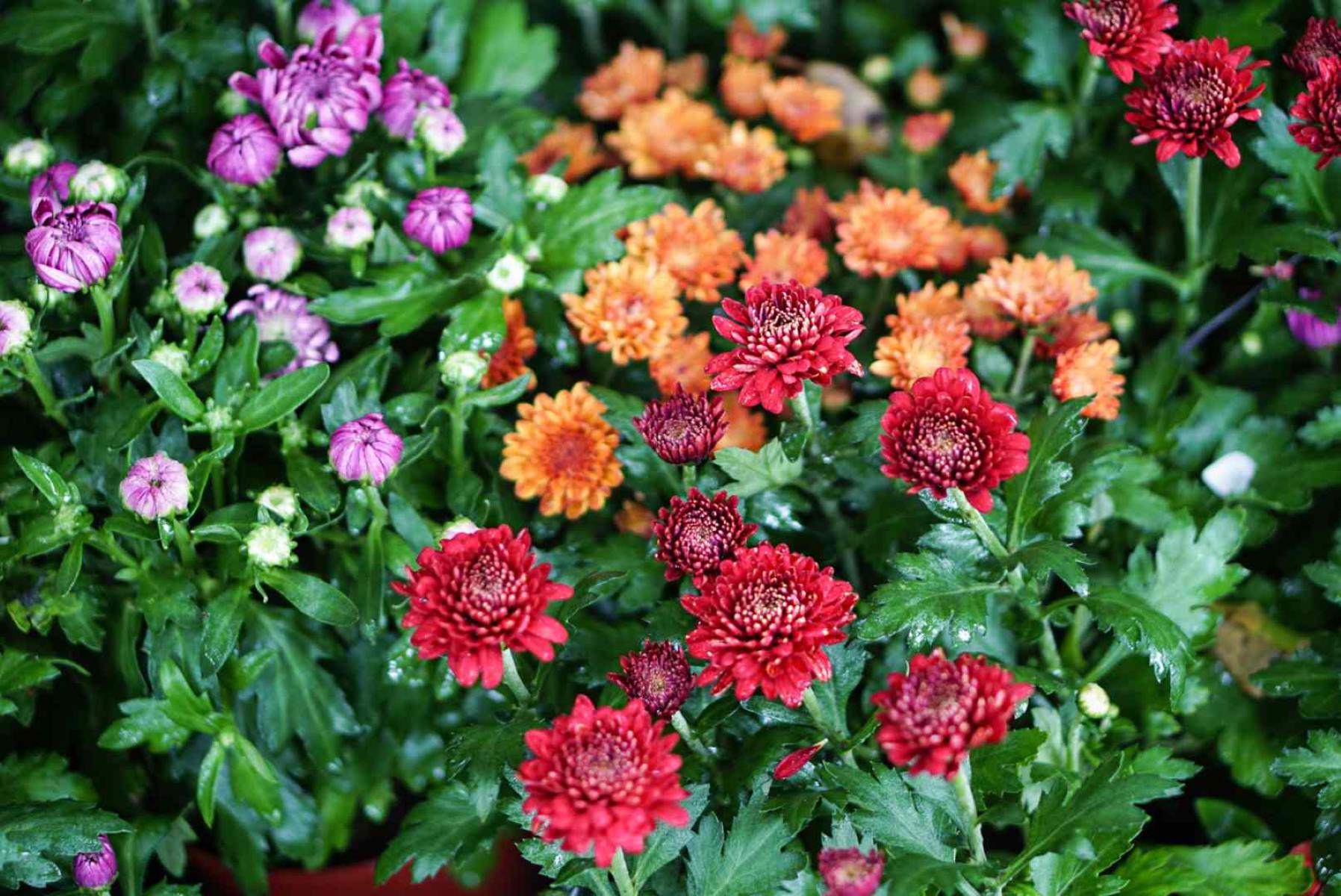


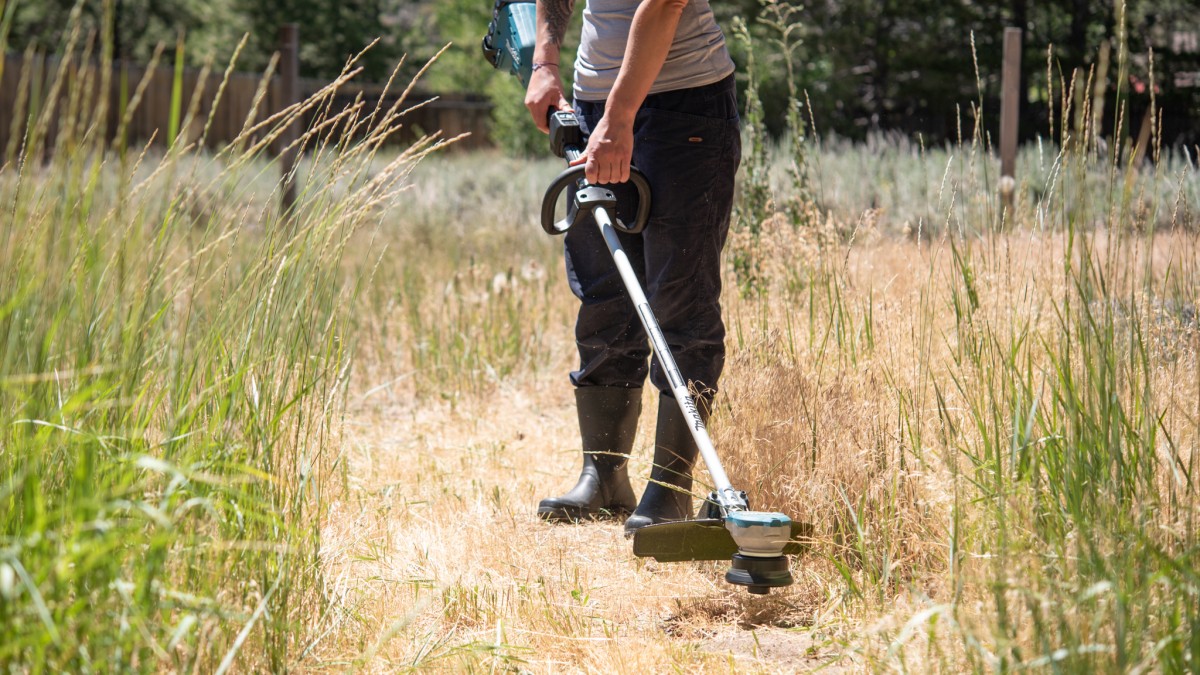

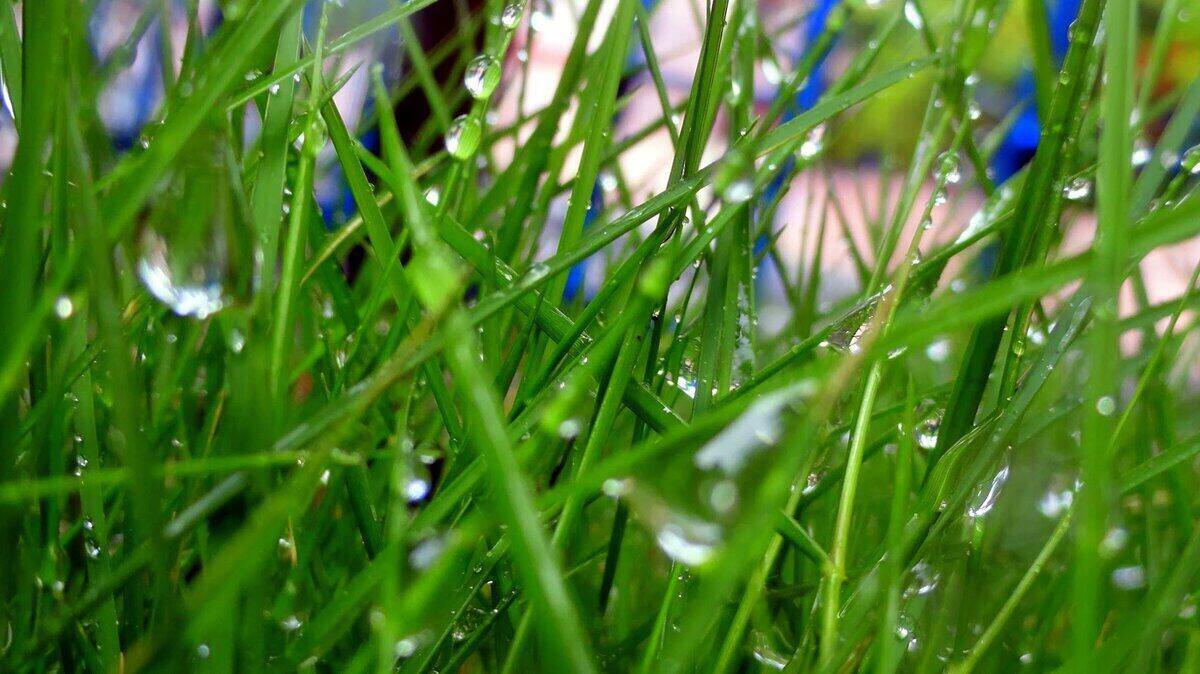
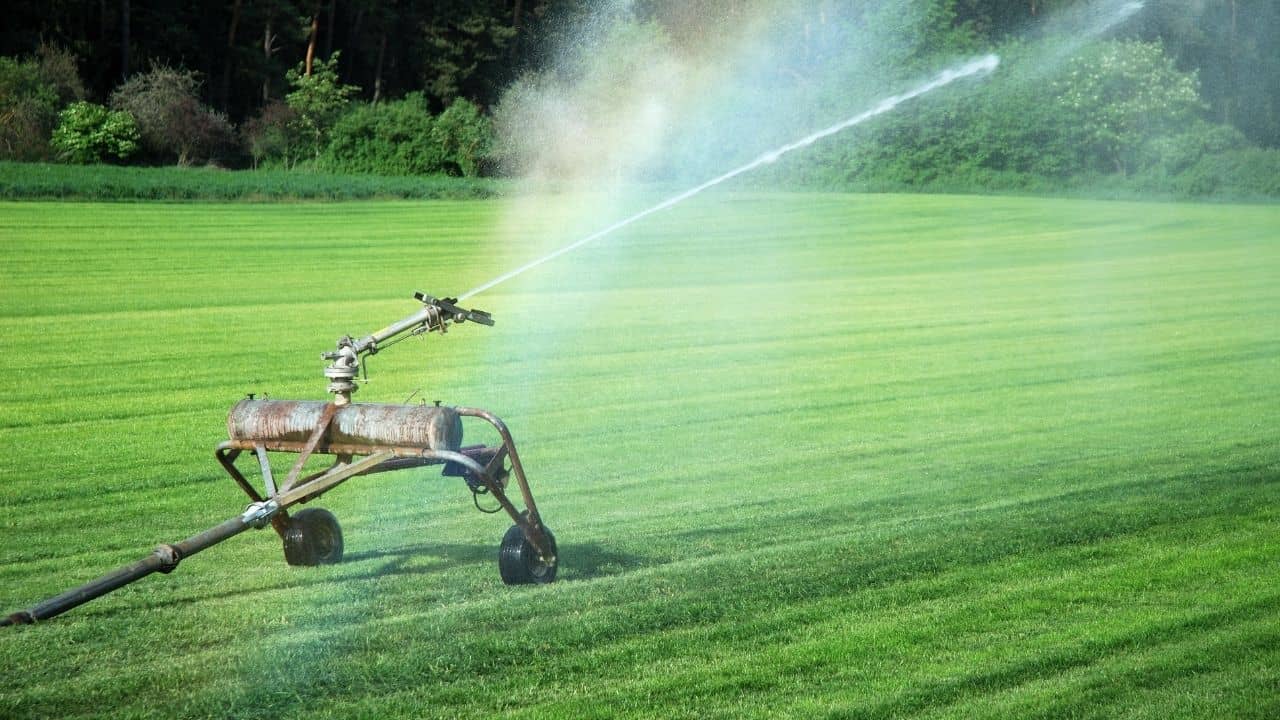
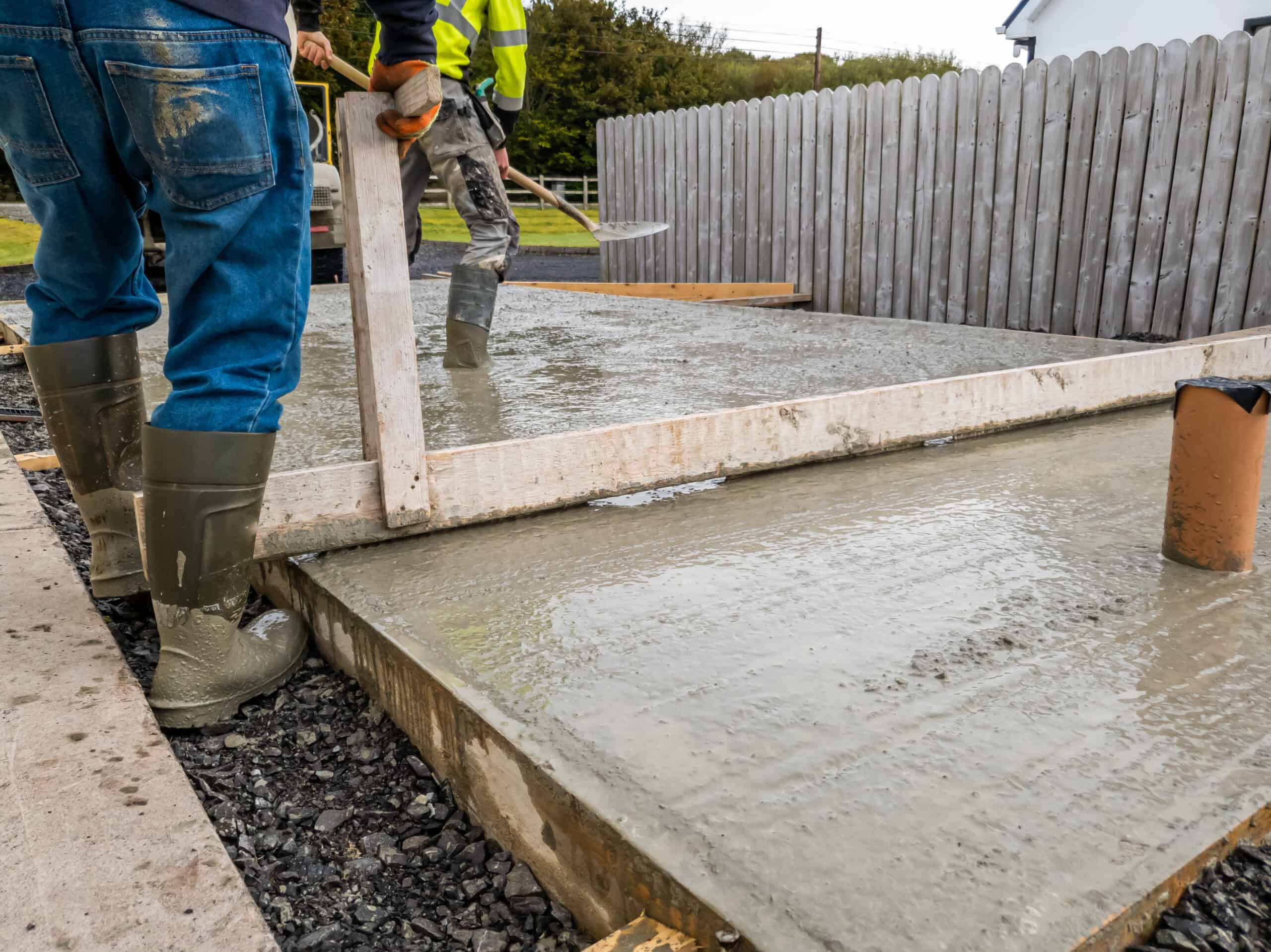
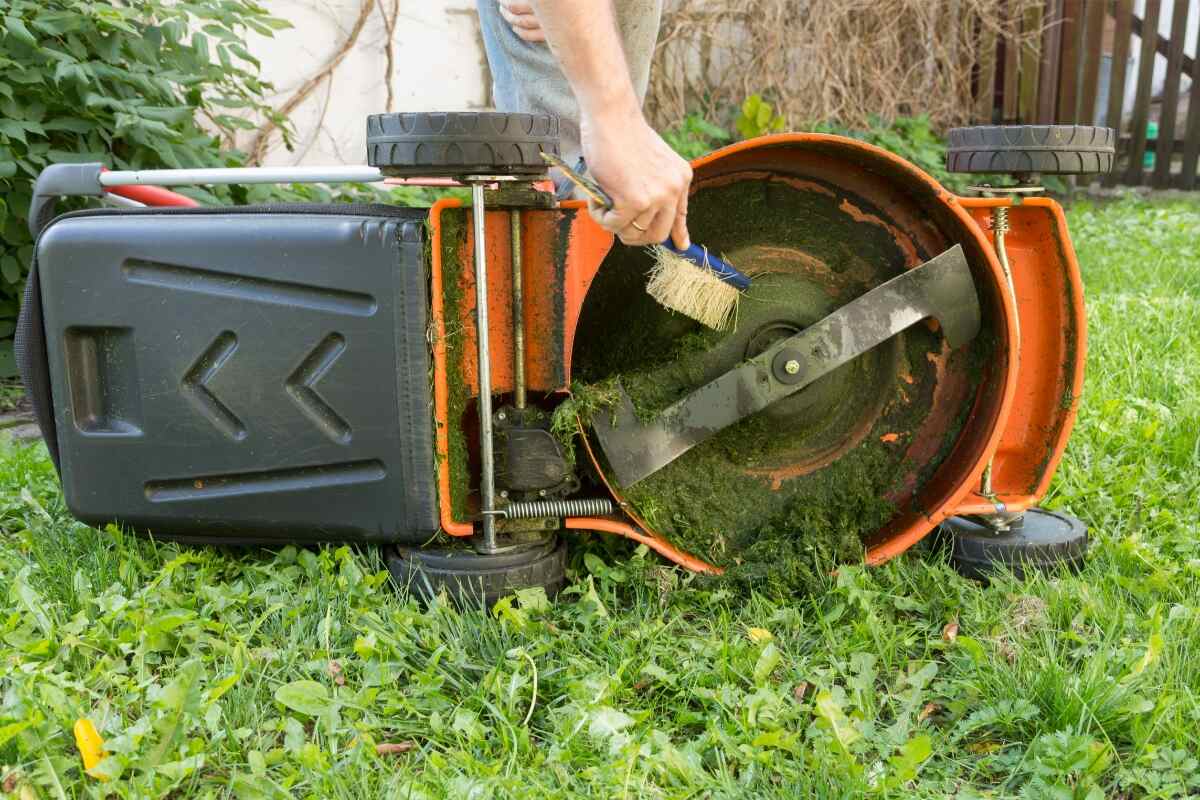

0 thoughts on “How To Revive Dried Grass”